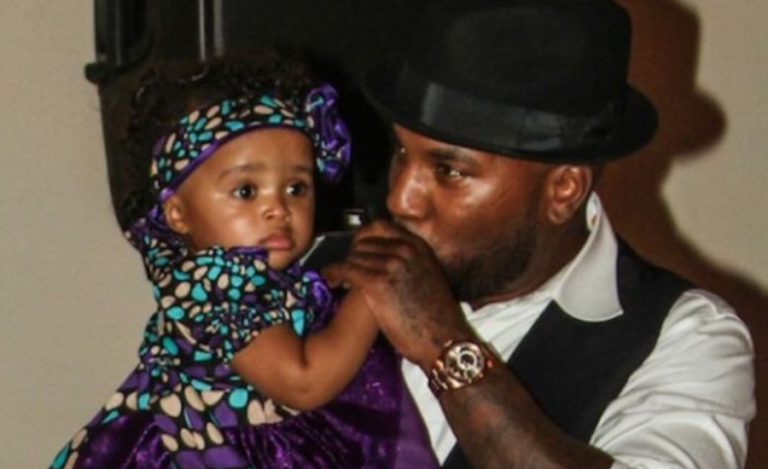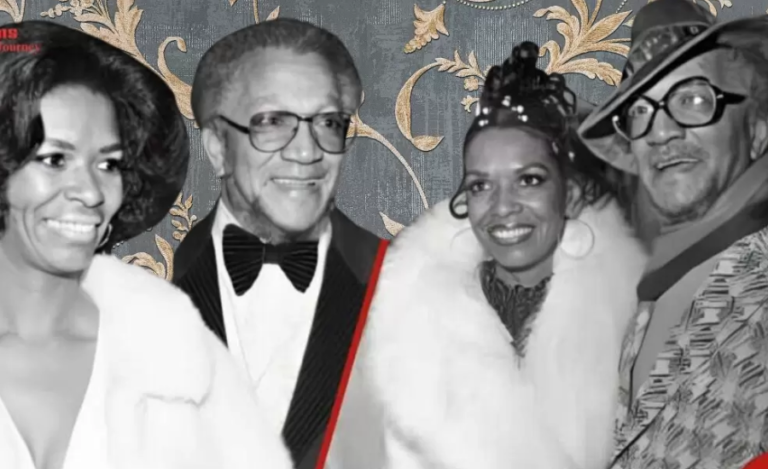Roy Orbison Jr Net Worth: How Rich is the Musician?
Net Worth
$4 Million
Roy Kelton Orbison, born on April 23, 1936, remains an enduring figure in American music history, celebrated for his commanding vocals and soul-stirring ballads. Renowned as “The Caruso of Rock” and affectionately dubbed “The Big O,” Orbison’s musical journey traversed peaks of fame in the early 1960s and late 1980s, marked by chart-toppers such as “Only the Lonely,” “Crying,” and “Oh, Pretty Woman.” Despite confronting personal adversities, including profound tragedies, he resurged triumphantly in the 1980s, captivating audiences anew. Orbison’s profound impact traversed generations, earning him esteemed recognition, including inductions into prestigious halls of fame and multiple Grammy Awards. His legacy endures as a timeless emblem of musical excellence, resonating eternally in the hearts of fans worldwide.
Net Worth
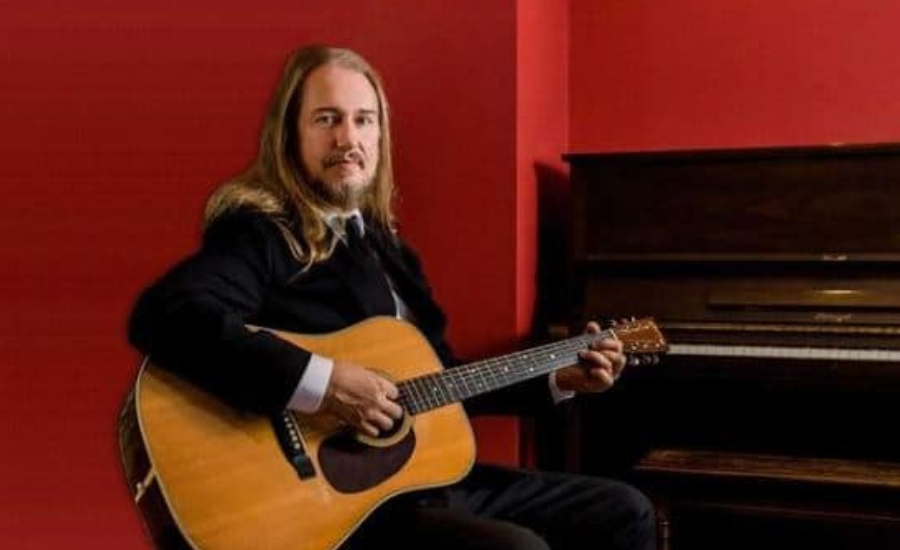
As of 2022, Jr. boasts an estimated net worth of $4 million, a testament to his achievements as a record producer. While comfortably living with his family, Roy Jr. inherits a legacy shaped by his father, the legendary Roy Orbison, an iconic figure in rock music. At the time of his passing at 52, Roy Orbison Sr. was valued at $20 million, implying potential inheritances for Roy Jr. and his four siblings, securing their financial futures.
Earnings Growth By Year
| Year | Earnings |
| 1986 | $14 Million |
| 1987 | $17 Million |
| 1988 | $20 Million |
Who was Roy Orbison?
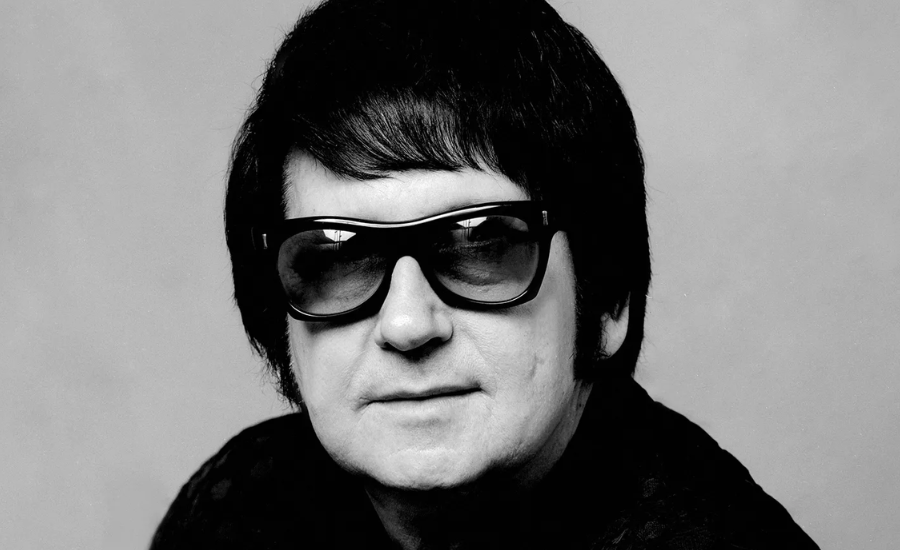
Roy Orbison, born on April 23, 1936, in Vernon, Texas, emerged as a prominent singer-songwriter during the vibrant 1960s era. Raised by parents Nadine and Orbie Lee, Orbison’s musical journey began early, influenced in part by his father’s guitar teachings. His talent swiftly garnered recognition, winning singing competitions, including one hosted by local radio station KVWC, which granted him a coveted radio show slot.
Roy Orbison Wiki Biography

Roy Orbison, born on April 23, 1936, in Vernon, Texas, USA, was a renowned musician and singer-songwriter celebrated for his distinctive voice and poignant love ballads. With over 20 Billboard Top 40 hits, including classics like “Only the Lonely” (1960), “Crying” (1961), and “Oh, Pretty Woman” (1964), Orbison solidified his place in music history. Inducted into the Rock and Roll Hall of Fame, Nashville Songwriters Hall of Fame, and the Songwriters Hall of Fame, his influence spans generations. Orbison’s illustrious career, which began in 1953, culminated with his passing in 1988, leaving behind a lasting legacy.
Quick Facts
| Full Name | Roy Orbison Jr. |
| Birth Date | April 23, 1936 |
| Birth Place | Nashville, Tennessee |
| Profession | Musician and Record Producer |
| Relationship Status | Married |
| Net Worth | $4 million |
Early Life
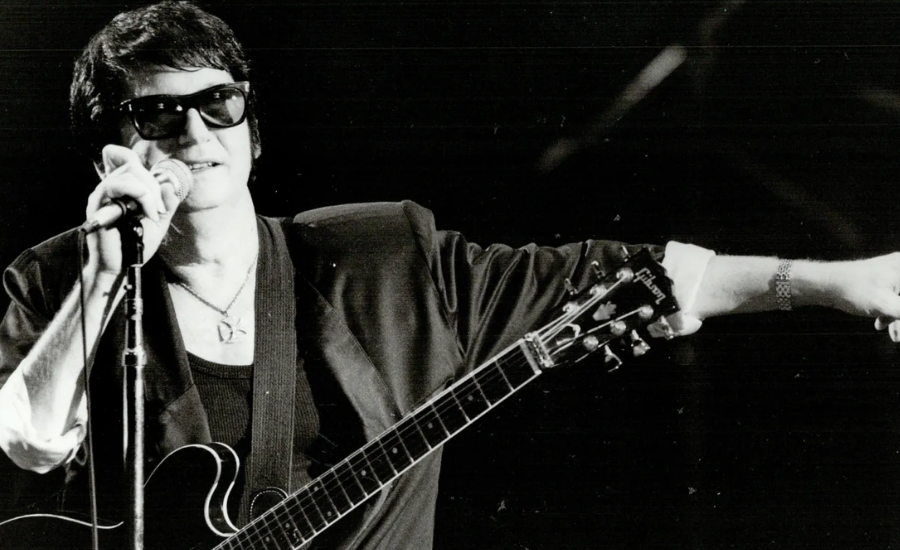
Roy Orbison Jr., the offspring of the legendary rock and roll icon Roy Orbison and music executive Barbara Orbison, was steeped in music from an early age due to his illustrious lineage. Growing up in England until the age of five, Roy had a unique experience when his father invited him onstage and gifted him a guitar, sparking his passion for music. Eventually settling in Los Angeles, Roy attended Crossroads High School in Santa Monica, further nurturing his musical aspirations.
Career Beginnings
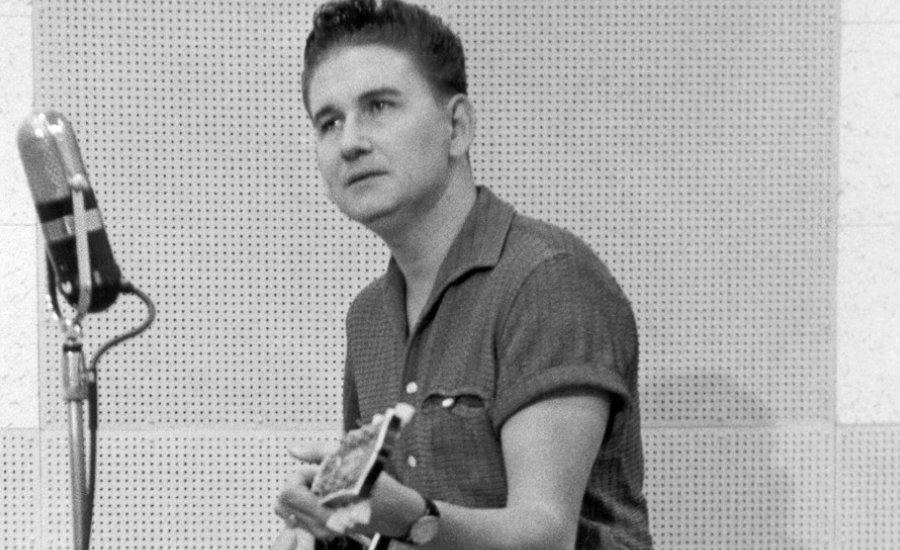
In 1956, Roy Orbison and his band, the Teen Kings, secured a contract with Sun Records in Memphis, marking a significant milestone in their music career. Under the label, they re-recorded their track “Ooby Dooby,” which garnered modest success, reaching number 59 on the Billboard Hot 100 chart. Embarking on tours alongside renowned artists like Johnny Horton, Carl Perkins, Johnny Cash, and Sonny James, the Teen Kings gained exposure and honed their craft on the road. However, the band eventually disbanded, prompting Orbison to transition into songwriting for other musicians. During this period, he briefly collaborated with the esteemed songwriting firm Acuff-Rose, further expanding his repertoire and influence in the music industry.
Success in the 60s
During the early 1960s, Roy Orbison inked a deal with Monument Records, marking a pivotal moment in his career. His debut single with the label, “Uptown,” set the stage for his rise to prominence. However, it was his collaboration with Joe Melson on “Only the Lonely (Know the Way I Feel)” that catapulted him to stardom. The song soared to number two on the Billboard Hot 100 chart and clinched the number one spot in the UK, solidifying Orbison’s status as a chart-topping sensation.
Orbison and Melson continued their winning streak with hits like “Blue Angel,” “Running Scared,” and “Crying,” captivating audiences with their poignant melodies and heartfelt lyrics. From 1960 to 1966, Orbison dominated the charts with an impressive 22 singles landing inside the Billboard Top 40, including classics such as “In Dreams,” “Falling,” “Mean Woman Blues,” and “Blue Bayou.” Among his repertoire, “Oh, Pretty Woman” stood out as a monumental success, maintaining its position on the charts for an astounding 14 weeks. Orbison’s enigmatic persona, characterized by his brooding public image, trademark black hair, and iconic sunglasses, cemented his status as one of the era’s most revered music icons.
Career Decline and Personal Tragedies
Following his move to MGM Records after parting ways with Monument Records in 1965, Roy Orbison’s hopes for continued success were met with disappointment as his debut album, “There is Only One Roy Orbison,” failed to connect with audiences. Compounded by the burgeoning popularity of the British Invasion, Orbison faced dwindling chart presence.
Tragedy struck in 1966 with a motorcycle accident during a UK tour and a fatal crash that claimed his wife’s life. Despite these heartaches, Orbison persevered, collaborating on the soundtrack for “The Fastest Guitar Alive.” In 1968, the loss of his two eldest sons in a house fire added to his grief. Despite commercial setbacks, Orbison remained resilient, continuing his musical journey.
Career Resurgence
Benefiting from numerous covers of his songs, Roy Orbison experienced a career revitalization in the 1980s. His collaboration with Emmylou Harris on “That Lovin’ You Feelin’ Again” earned them a Grammy Award early in the decade. Teaming up with Bruce Springsteen for a concert in Los Angeles in 1987 added to his resurgence.
However, Orbison’s career reached new heights when he joined forces with music legends Bob Dylan, Jeff Lynne, Tom Petty, and George Harrison to form the Traveling Wilburys. Their debut album, “The Traveling Wilburys Vol. 1,” garnered critical acclaim and commercial success, earning a Grammy nomination for Album of the Year. Orbison’s solo album, “Mystery Girl,” released posthumously in 1989, further solidified his legacy in the music industry.
Personal life and awards

Benefiting from numerous covers of his songs, Roy Orbison experienced a career revitalization in the 1980s. His collaboration with Emmylou Harris on “That Lovin’ You Feelin’ Again” earned them a Grammy Award early in the decade. Teaming up with Bruce Springsteen for a concert in Los Angeles in 1987 added to his resurgence.
However, Orbison’s career reached new heights when he joined forces with music legends Bob Dylan, Jeff Lynne, Tom Petty, and George Harrison to form the Traveling Wilburys. Their debut album, “The Traveling Wilburys Vol. 1,” garnered critical acclaim and commercial success, earning a Grammy nomination for Album of the Year. Orbison’s solo album, “Mystery Girl,” released posthumously in 1989, further solidified his legacy in the music industry.
The Wealth The Big O Left Behind
Before his untimely death in 1988 at the age of 52, Roy Orbison’s estate was estimated at $20 million by Celebrity Net Worth. While his hits from the 1960s and 1970s undoubtedly contributed significantly to his wealth, a resurgence in popularity in the years leading up to his passing further augmented his financial legacy. Particularly noteworthy was the revival of his 1963 single “In Dreams” when it was featured in the 1986 David Lynch film Blue Velvet, reintroducing the timeless track to a new generation of listeners. Additionally, Orbison’s involvement with the supergroup The Traveling Wilburys in 1987, alongside George Harrison, Jeff Lynne, Tom Petty, and Bob Dylan, added to his late-career successes.
Although Orbison passed away before the band achieved widespread success, the royalties from their collaboration undoubtedly provided a fitting conclusion for a man who had amassed considerable wealth doing what he loved—making music. In the aftermath of his death, Orbison left behind a wife and three sons, who were poised to inherit the substantial proceeds from his expansive estate.
His Second Wife Took Charge Of His Music Catalog
During a tour in Leeds, U.K., in 1969, Roy Orbison crossed paths with his second wife, Barbara Wellhoener Jakobs. Following a whirlwind courtship, the couple exchanged vows and welcomed two sons, Roy Jr. and Alex, into their lives. Barbara, now known as Mrs.
Orbison, played a pivotal role in her husband’s career, serving as his manager until his untimely passing on December 6, 1988. Following Roy’s demise at the age of 52, Barbara embarked on the daunting task of not only preserving but also expanding his musical legacy, as recounted by the Los Angeles Times. She dedicated herself tirelessly to this mission, overseeing the release of Roy’s final album, Mystery Girl, just two months after his passing. The album debuted impressively at No. 5 on the sales charts. Barbara’s unwavering commitment to preserving Roy’s musical heritage was further evidenced by her orchestration of the comprehensive four-CD box set, Roy Orbison: The Soul of Rock and Roll, in 2008. This extensive collection featured 107 songs, presenting Roy’s music in a cohesive anthology that appealed to both longtime fans and newcomers alike.
Mrs. Orbison Wasn’t Kidding When She Took Over
The primary asset within Roy Orbison’s estate was entrusted to his surviving wife and business manager. Barbara Orbison, assuming control over her late husband’s entire musical catalog, garnered acclaim as one of the most affluent widows in pop history, as reported by Rolling Stone. Demonstrating her prowess, Barbara diligently protected the musical facets of the estate, pursuing legal recourse against various entities for unauthorized use of Roy’s songs and likeness.
Notably, she took action against Sony, alleging a failure to compensate the estate for royalties. However, the trajectory of Orbison’s estate could have unfolded differently were it not for two tragic incidents he endured nearly two decades before his passing. These profound experiences profoundly influenced the estate’s composition and dynamics, imbuing his legacy with a poignant significance.
The Tragedies That Decimated Orbison’s First Family
Roy Orbison’s initial marriage was to Claudette Frady, a bond forged during the early stages of his music career. Despite their initial connection, the couple encountered challenges, ultimately welcoming three children: Roy, Anthony, and Wesley. The strains of Orbison’s relentless touring schedule and Claudette’s involvement in infidelity led to their separation in 1964.
Although they briefly reconciled in 1967, their reunion was fleeting. Tragedy struck the Orbison family when Claudette lost her life in a collision with a truck during a motorcycle ride near their Tennessee home. Orbison held her in his arms as they awaited help, an agonizing moment that left an indelible mark on him. The following year, while Orbison was touring Europe, another heart-wrenching blow befell the family—their Tennessee residence succumbed to a devastating fire, claiming the lives of their sons Roy and Anthony. Fortunately, Wesley, their third son, was spared, having been under the care of his grandparents at the time of the tragic incident. These successive tragedies cast a shadow over Orbison’s life, shaping his personal and artistic journey in profound ways.
Disasters And Blessings
Following these heartbreaking tragedies, Roy Orbison found himself thrust into the role of a single father, tasked with the immense responsibility of caring for his only surviving child. Yet, amidst the darkness, fate intervened to script a new chapter in Orbison’s life. In the years that followed, he crossed paths with Barbara, a pivotal figure who would profoundly impact his journey.
These successive losses, occurring within a short timeframe, left an indelible mark on Orbison’s personal and artistic trajectory, casting a poignant shadow over his path. One can only speculate how different Orbison’s estate might have been if not for these wrenching events.
What are Roy Orbison’s sources of income?
Throughout his illustrious career spanning over three decades, Roy Orbison relied on singing and songwriting as his primary sources of income. His peak success came in the 1960s when he captivated audiences with timeless classics such as “Crying,” “In Dreams,” and “Oh, Pretty Woman.” These iconic hits not only solidified Orbison’s status as a legendary musician but also contributed significantly to his financial success during that era.
Other business ventures and legacy
Over several decades, Roy Orbison meticulously crafted a lasting legacy and iconic brand image in the music industry. This enduring legacy not only solidified his place as a legendary musician but also laid the foundation for his children’s endeavors. Inspired by their father’s remarkable legacy, Orbison’s children established the record label Roy’s Boys LLC, paying homage to his enduring influence and musical contributions.
Real estate and other investments
Roy Orbison possessed a bespoke mansion located in Hendersonville, Tennessee, famously referred to as the “Orbison House.” This remarkable property transcended the conventional notion of a residence, serving as a creative sanctuary for Orbison. Within its walls lay a state-of-the-art recording studio, where Orbison crafted and perfected some of his most enduring musical masterpieces. Beyond being a place of residence, the Orbison House stood as a testament to Orbison’s commitment to his craft, providing him with the ideal environment to nurture his musical genius and leave an indelible mark on the world of music.
Social Media Following
| Social Media | Followers |
| 98,400 followers | |
| 42,000 Followers |
Roy Orbison Jr. News
- Roy Orbison Jr. and his wife Asa have recently welcomed their fourth child, a baby boy named Sun Jakob. This delightful news was exclusively shared by Yahoo Movies Canada, highlighting the joyous occasion for the Orbison family. The arrival of Sun Jakob adds another ray of sunshine to their lives, bringing happiness and warmth to their growing family.
- Additionally, Roy Orbison Jr. has been featured as a returning charter guest on the popular reality TV show “Below Deck Med,” as reported by Express and Yahoo Entertainment. This appearance has generated excitement among fans of the show, with Captain Sandy expressing anticipation for the iconic charter guest’s return. Orbison Jr.’s presence on the show promises to bring intrigue and entertainment, adding to the excitement surrounding the upcoming episodes.
Frequently Asked Questions (FAQs)
Q: Who was Roy Orbison?
A: Roy Orbison was an iconic American singer, songwriter, and musician renowned for his unique voice and heartfelt ballads. He rose to prominence in the early 1960s and again in the late 1980s with timeless hits like “Only the Lonely,” “Crying,” and “Oh, Pretty Woman.”
Q: What was Roy Orbison’s net worth?
A: At the time of his passing in 1988, Roy Orbison’s estate was estimated to be valued at around $20 million. His enduring popularity, especially during the 1980s revival of his music, played a significant role in building his substantial financial legacy.
Q: Who is Roy Orbison Jr.?
A: Roy Orbison Jr. is the son of the legendary rock and roll icon Roy Orbison and his wife Barbara Orbison. He is a talented musician and record producer, with an estimated net worth of $4 million as of 2022.
Q: What were the tragedies in Roy Orbison’s personal life?
A: Roy Orbison faced several personal tragedies, including the loss of his first wife, Claudette Frady, in a tragic motorcycle accident in 1966. Additionally, his two eldest sons tragically perished in a devastating house fire in 1968, adding profound sorrow to his life.
Q: What was Roy Orbison’s career trajectory?
A: Roy Orbison’s career witnessed both remarkable success and challenging times. He soared to stardom in the 1960s with a string of chart-topping hits but encountered obstacles in subsequent years. Nevertheless, he experienced a resurgence in popularity during the 1980s, fueled by collaborations and the enduring appeal of his songs.
Conclusion
Roy Orbison is celebrated as a music legend, renowned for his distinctive voice and emotionally resonant ballads. His impact on the music industry remains profound, transcending both personal adversities and professional challenges. Orbison’s enduring popularity speaks volumes about the depth of his talent and the enduring appeal of his songs. His legacy as a pioneer in rock and roll is firmly established, serving as a source of inspiration for countless artists and music enthusiasts worldwide. Orbison’s influence continues to endure, leaving an everlasting imprint on the fabric of musical history.
Stay in touch for more updates and alerts visit: NY-Tribune!





